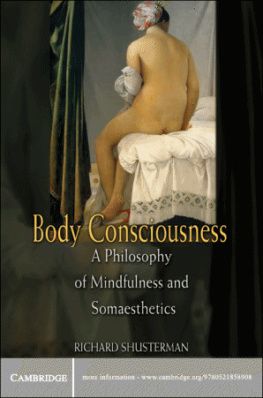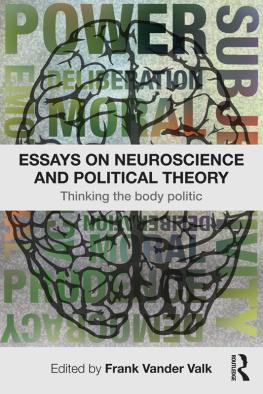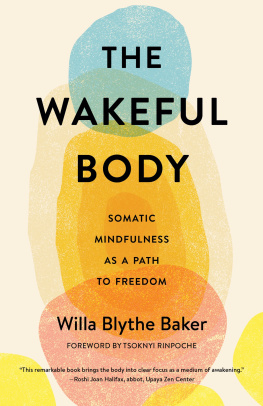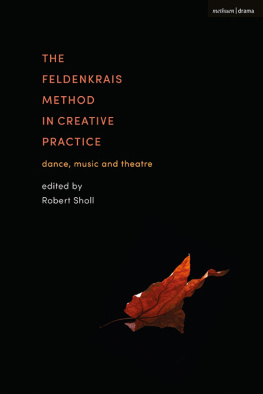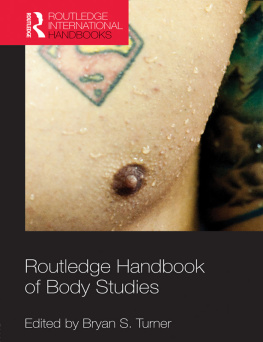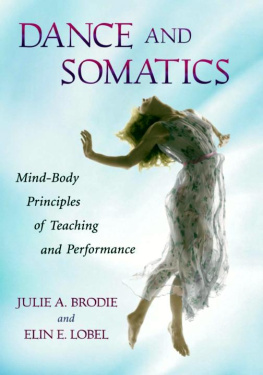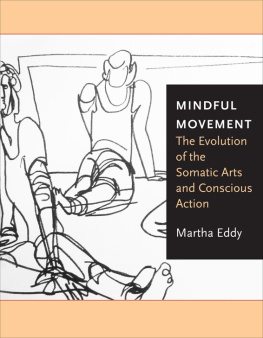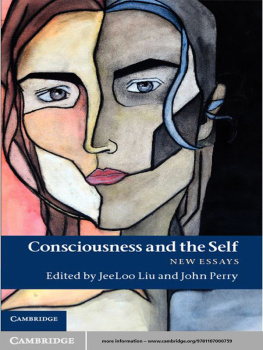From our earliest days of life, we are nourished by the pleasures of bodily beauty. Enchanting visions of loving bodies that feed and care for us are deliciously blended with beautiful feelings the body enjoys through its other senses and own inner experiences. My interest in aesthetics emerged, I believe, from such childhood raptures of radiant bodily charms and blissful somatic fulfillment that branded me with a continuous yearning for beauty, long before I knew of any distinction between body and soul. That yearning has always inspired my ideals and my studies, despite philosophy's body-negating tradition and the troubling ways in which bodily beauty and desire have been distorted, exploited, and abused in contemporary culture. Ever present though often only in sublimated form this loving enchantment with somatic beauty haunted my philosophical research on other topics until it finally emerged as an explicit theme in the concluding chapters of Pragmatist Aesthetics: Living Beauty, Rethinking Art (1992), awakened into full consciousness through renewed engagement with the beauties of dance and through my philosophical conversion to a body-respecting, experience-oriented, melioristic pragmatism.
Adopting pragmatism as my new philosophical direction meant rediscovering the pressing existential issue that first drew me to philosophy and that first defined philosophy in ancient times: the question of how one should live. The idea of philosophy as an art of living aimed at realizing beauty through creative intelligence and critical reflection (involving both aesthetic and ethical sensitivity) thus formed the topic of my subsequent book, Practicing Philosophy: Pragmatism and the Philosophical Life (1997), the first English publication in which I proposed the idea of somaesthetics. The project of somaesthetics evolved as the logical consequence of my arguments advocating pragmatist aesthetics and the philosophical life. As art cannot be created or appreciated without using our bodily senses, actions, and experience, so our lives must inevitably be lived somatically. If we wish to improve our lives (and not only by improving the arts and aesthetic experience that enrich our lives), then one important way to do so would be to improve our understanding and mastery of our bodies the fundamental, indispensable instrument or medium through which we perceive, act, and live this life on earth. As there seemed to be no field explicitly designed to develop this improved somatic understanding and mastery, somaesthetics thus emerged for me as an essential project, one to which I have since dedicated most of my research efforts.
Recognizing that a traditional field like philosophy might find the proposal of this new body-centered discipline a condemnable act of arrogant audacity, I first tentatively introduced the notion of somaesthetics in a German book, Vor der Interpretation (1996), where I argued for cultivating the body and appreciating its role in nondiscursive forms of understanding that lie beneath our interpretive efforts. Though somaesthetics quickly caught the attention of the influential daily Frankfurter Algemeine Zeitung (November 28, 1996), the reviewer savagely ridiculed the project. Betraying the exclusively text-centered bias so typical of philosophy, he misrepresented somaesthetics as a mere method of reading, as something like whipping oneself while reading Kant, mountain-climbing while reading Nietzsche, and doing breathing exercises while reading Heidegger. This absurd and hurtful caricature stung me into articulating the somaesthetic project with sufficient detail to combat such distortions.
Fortunately, subsequent reactions to somaesthetics have been far more thoughtful and positive than that shocking first review. Many fine scholars in different fields have developed the somaesthetic project in intriguing and rewarding ways, through penetrating criticism and imaginative application to a variety of disciplines both within and beyond philosophy. Too numerous to mention here, their contributions are listed on the somaesthetics bibliography I maintain at http://www.fau.edu/humanitieschair/Somaesthetics_Bibliography_Others.php .
That first painful newspaper review of somaesthetics taught me an important lesson: the value of trying riskier ideas in international venues and foreign languages where one's errors, transgressions, or embarrassments are not so clearly exposed to one's home community, whose continued respect and support for one's work is especially crucial. That is why I also initiated my practical somaesthetics workshops in Europe, beyond the borders of the Anglo-American academic world I happily call home. This greater freedom to experiment in distant lands and foreign languages has a somaesthetic parallel in anatomy. One has more ease and range of movement in distal than proximal body parts; we can move our hands and feet much better than we can move our pelvis or torso.


